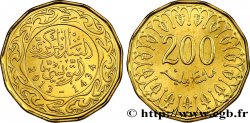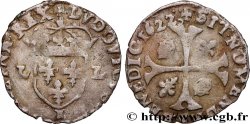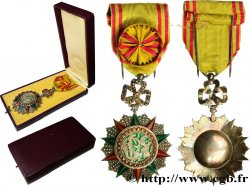Live auction - fme_631246 - TUNISIA Médaille, Étoile d’officier, Ordre du Nichan al Iftikhar
You must signin and be an approved bidder to bid, LOGIN TO BID. Accounts are subject to approval and the approval process takes place within 48 hours. Do not wait until the day a sale closes to register. Clicking on "BID" constitutes acceptance of the terms of use of cgb.fr private live auctions.
Bids must be placed in whole Euro amounts only. The sale will start closing at the time stated on the item description; any bids received at the site after the closing time will not be executed. Transmission times may vary and bids could be rejected if you wait until the last second. For further information check the Live auction FAQ
All winning bids are subject to a 18% buyer’s fee.
All winning bids are subject to a 18% buyer’s fee.
| Estimate : | 300 € |
| Price : | 155 € |
| Maximum bid : | 160 € |
| End of the sale : | 26 January 2021 21:43:55 |
| bidders : | 2 bidders |
Type : Médaille, Étoile d’officier, Ordre du Nichan al Iftikhar
Date: n.d.
Metal : silver
Diameter : 114 mm
Orientation dies : 12 h.
Weight : 34,29 g.
Edge : lisse
Puncheon : Tête de sanglier et losange
Coments on the condition:
Patine hétérogène avec des traces d’un léger nettoyage. Présence de quelques coups et rayures
Obverse
Obverse legend : ANÉPIGRAPHE.
Obverse description : Caractères dans un médaillon central.
Reverse
Reverse legend : LISSE.
Commentary
Diamètre du médaillon : 45,5 mm
Exemplaire émaillé de rouge et vert avec des rayons ciselés à facette entre chaque bras, le médaillon central porte des caractères arabes sur un fond d’émail vert. Il est tenu par un noeud en fleur et retenu par un ruban jaune et rouge d’origine avec sa rosette. Cette décoration avait été instituée en 1835 par Ahmad I ibn Mustafa, Bey de Tunis et réformé en 1857 par son successeur Muhammad II ibn al-Husayn.
Exemplaire émaillé de rouge et vert avec des rayons ciselés à facette entre chaque bras, le médaillon central porte des caractères arabes sur un fond d’émail vert. Il est tenu par un noeud en fleur et retenu par un ruban jaune et rouge d’origine avec sa rosette. Cette décoration avait été instituée en 1835 par Ahmad I ibn Mustafa, Bey de Tunis et réformé en 1857 par son successeur Muhammad II ibn al-Husayn.








 Report a mistake
Report a mistake Print the page
Print the page Share my selection
Share my selection Ask a question
Ask a question Consign / sell
Consign / sell
 Full data
Full data















